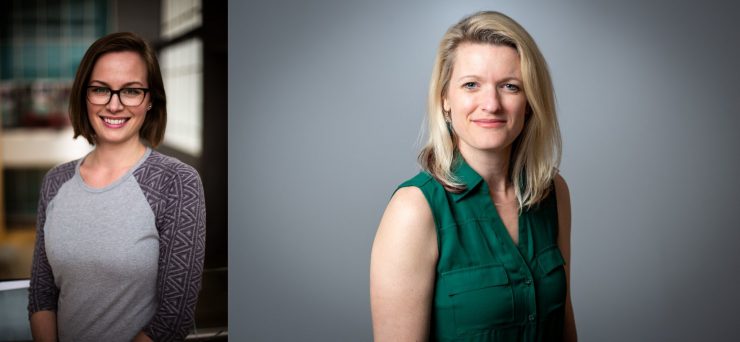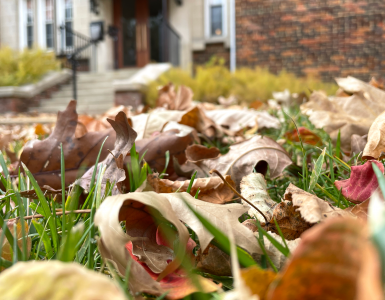Deaf and hearing-impaired researchers can now easily share their work on sign language and deaf literacy, thanks to a new network launched in September by two Gallaudet University professors.
Melissa Malzkuhn and Lorna Quandt, Ph.D., launched the CREST network, which is funded by a grant from the National Science Foundation. The idea to begin this unprecedented research group began in 2019 after the professors realized researchers struggled to stay abreast of what was happening in the field.
“There’s a gap in having no central hub, no core, no heart for bringing these fields together,” Quandt said, referring to technological developments in deaf research.
They hope the network will open more professional opportunities for new researchers to engage in a dynamic field. Without CREST, it would be difficult to advance research at this level because training and collaboration is necessary, Quandt said.
They also created the network because they noticed too few deaf and hearing-impaired individuals were involved in research. The network will address the need for a pipeline for young researchers and deaf individuals into the research community, Malzkuhn said. “We want their participation in the field but also others who just have a general interest in a place to connect and join in collaboration and partnership,” she said.
The CREST network was preceded by Motion Light Lab, another research lab and collaborative effort with a variety of departments at Gallaudet University that paved the way for the new network, including Deaf Studies and Deaf Space and Urban Planning. Malzkuhn is one of the four trainers for the program.
Motion Light Lab began in 2009 as a place for people to meet to analyze the science behind resources for the deaf community, such as interactive storytelling, gesture-recognition technology and architecture and deaf space. Some of the lab’s projects have been sponsored by the National Science Foundation, beginning in 2018 as a project to innovate new exploratory research in Signing Avatars and Immersive Learning or SAIL. While many researchers have already explored virtual speaking avatars, the helpful possibilities for virtual singing avatars in virtual reality and other learning environments are still being developed.
“Before corona happened, we submitted this, and we had a plan in place for an in-person workshop,” Malzkuhn said of the CREST network. “Now it’s up in the air whether we’ll be going completely virtual or not, but we’ll have to see what happens.”
The training program called Visual Language and Visual Learning or VL2, while based out of Gallaudet University, is offered at over 15 schools and labs throughout the United States. Each training offers a new opportunity to learn about the latest technologies becoming available for the deaf and hearing impaired community and how they can be used at home and in educational settings to promote deaf literacy and education.
Gallaudet University continues to be a flagship in research and education for the deaf community by the deaf community, because of scholars like Dr. Lorna Quandt and Melissa Malzkuhn. The institution was originally incorporated by Congress in the mid-1800s to establish a school for the deaf and blind called the Columbia Institution for the Instruction of the Deaf and Dumb and Blind. Many name changes and program advancements came later, including its renaming to Gallaudet College in 1954 in honor of Thomas Hopkins Gallaudet, the founder of the Connecticut-based American School for the Deaf. The college earned its university status by the 1980s.
“It feels very powerful to be able to say and have the National Science Foundation agree to give us the support for our idea that the people who should be at the heart of this network should be Gallaudet University,” Quandt said.















Add comment